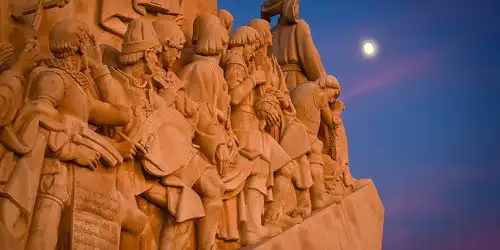
Concept
Blockchain technology is characterized as somewhat similar to the functioning of a ledger; it is a structure that allows for individuals, companies and even computers to store and trade assets - including, but not restricted to currency - in a virtual environment.
Origins
The thinking behind blockchain matured when the 2007/08 financial crisis happened. A paper titled ‘Bitcoin: A Peer-to-Peer Electronic Cash System’ was released under the pseudonym of Satoshi Nakamoto. This document first introduced the world to the concepts behind Blockchain and Bitcoin. The paper provided an alternative to the current banking system.
What was the alternative? An online platform that would not involve the traditional players; e.g. the financial institutions. Its foundation? Here are the most important technologies behind blockchain:
Decentralization
The core concept of blockchain: a decentralized platform network where assets can be safely and anonymously trade. When enough transactions are made, they are put together to form ‘blocks’ of information; the new blocks are them added to the previous ones - which contains older transactions - in a relation that goes all the way to the genesis block; the first one, invented by Satoshi.
One of the most important aspects about blockchain is its peer-to-peer (P2P) feature: a third party (e.g. banks) is never required to validate the transactions; payments can be done directly between parties.
Consensus
In addition, there is no human control of the blockchain: no one has the power to tamper with the blocks. This is because blockchain is a consensus network: every transaction is validated automatically by the many participants of the network. They are only considered valid if more than 50% of the network approves them; otherwise, the transaction is rejected. Consensus prevents double-spending of assets.
Even though it is theoretically possible to 'hack' it, the human and technological resources required to do it make the blockchain network virtually impossible to be altered. Any changes would be visible to everyone and would not be validated.
Proof-of-Work
The validation itself happens through a mechanism called proof-of-work - or, in other words, bitcoin mining. Here, the participants of the blockchain network can validate the transactions by solving mathematical puzzles. These puzzles were created in order to slow down the transactions, so they can be thoroughly examined. Miners who get the right answer are rewarded with Bitcoins for their work, a payoff for their computational effort.
Cryptography
Finally, cryptography plays a major role in making blockchain a secure network, since it allows for secure transactions. The parties are not identified; they access their assets by utilizing a private key, which they must keep safe. When parties trade, they use another key, which is public; this is the one that ‘miners’ are trying to validate to earn bitcoins. Once it is validated, the transaction information is recorded in a block, as previously mentioned.
Want to know more? Stay tuned to my blog!

